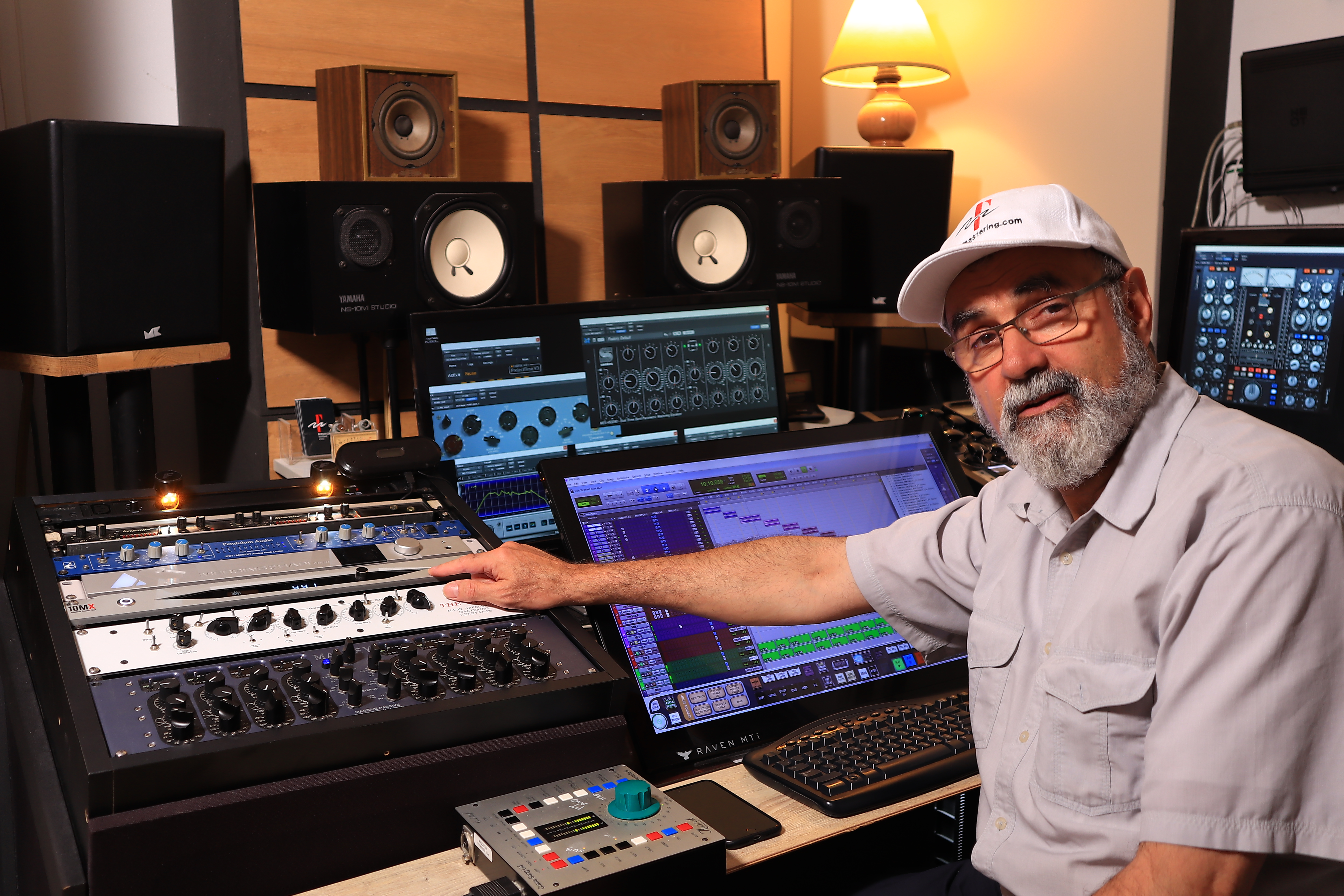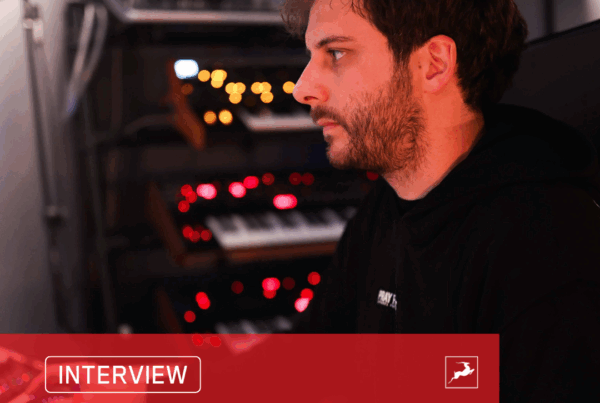Yoram Vazan is an audio engineer with over 40 years of experience. Owner of the legendary New York City Firehouse Studio now relocated to Tel Aviv, he has recorded, mixed and mastered music for hundreds of artists from various genres. Vazan has been teaching audio engineering for as long as he’s been working in the industry, and it was through one of his many successful students that he discovered Antelope Audio. How, and why he became the first owner of the 10M Master Clock in Israel and what turned him into a strong proponent of digital clocking, read in the interview below.
When did you discover Antelope Audio and how long have you been using our gear?
It was around 2013. At that point, I was using another clock but one of my graduate students from college who was working in New York got in touch with me and told me that in one of the studios where he worked there was a clock that everybody was using. It was the Antelope Audio 10M. I said, “Wow, what’s that?” And he answered, “I don’t know what it is but it sounds amazing.”
At that time there was no dealer in Israel that had it and it was very expensive for me to purchase it. So, I just let it sit on the back of my mind that there was this clock out there that worked great, and I kept doing my thing.
I’ve been teaching audio engineering in many schools since 1981, so, I have many students worldwide. So, another one of them called me and told me he’d become an Antelope Audio representative. I asked him what gear he had, and the answer was The Atomic Clock, I told him to come right away. He came to my studio with the clock, we hooked it up and it just blew me away immediately.
With new gear, you have these experiences when the first impression stays with you forever. It’s just amazing. I hooked it up and I said “Listen, this thing is staying here, you’re not taking it back. Anybody who wants to hear your clock, they are welcome to come to my room with its nice acoustics and great speakers and they can hear it. I’ll stop my work to let your potential buyers hear it, but you keep it here. Once you hook something like that up into your system, it’s impossible to take it out.”
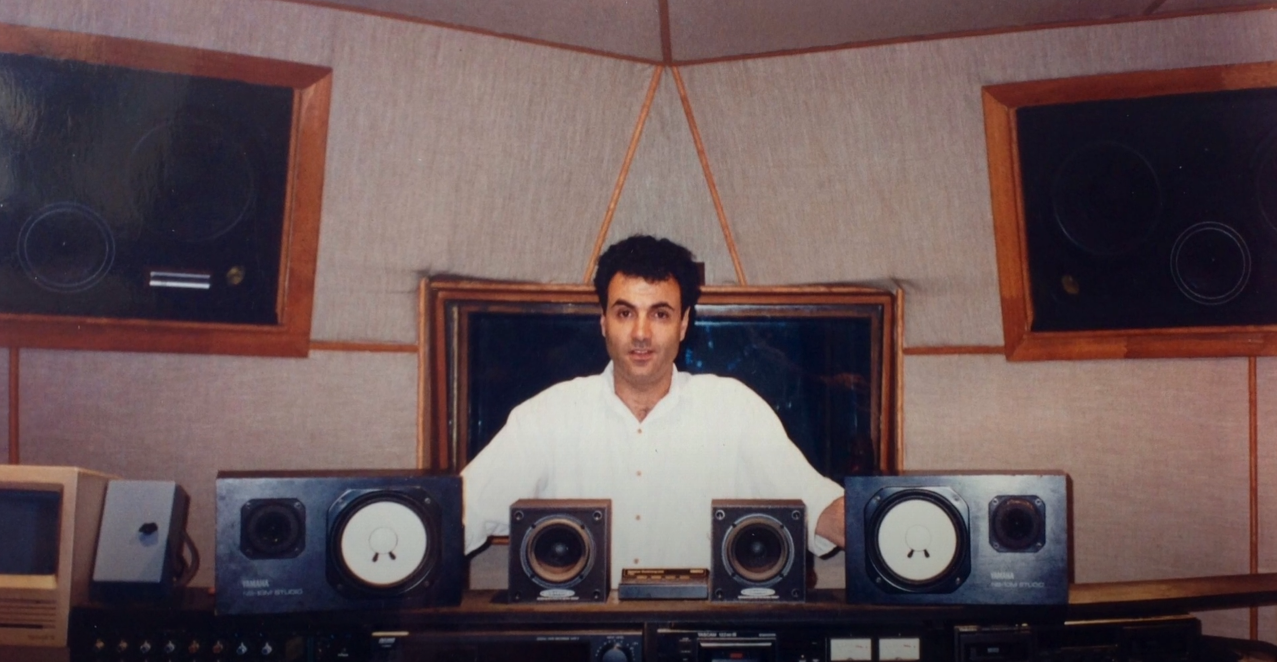
So, you were the first in Israel to buy one of our atomic clocks?
Yes, I was the first one in Israel to buy this unit, then another person became Antelope’s dealer in Israel, and he was pushing the Antelope Audio gear harder. I told him I had the Atomic Clock so I can come and lecture about it because people don’t know about the importance of a master clock in a digital system.
By theory, the internal clock on your AD/DA should be better than any external hardware, but when the external clock is such a powerful unit as the 10MX, a unit that is dedicated only to clocking, then obviously this theory fails. Any converter sounds amazing with an amazing word clock like the 10M.
Everybody wants to buy an EQ, a compressor, or a reverb – sexy items for recording studios. The clock? Nobody knows it’s there but, man, I know it’s there. It’s the heart of the system and I know how it sounds without it. Once you start using the clock the sound gets so sweet there’s no turning back after you’ve heard this kind of evolution in your sound system.
So, I was pushing people in Tel Aviv really hard to get it, but nobody really made the move because it’s expensive. What happened is that Michael Brauer came to Tel Aviv to give a mixing seminar and he said the same thing that I’ve been telling people. He said, “Go buy this clock” and then people started making the move.
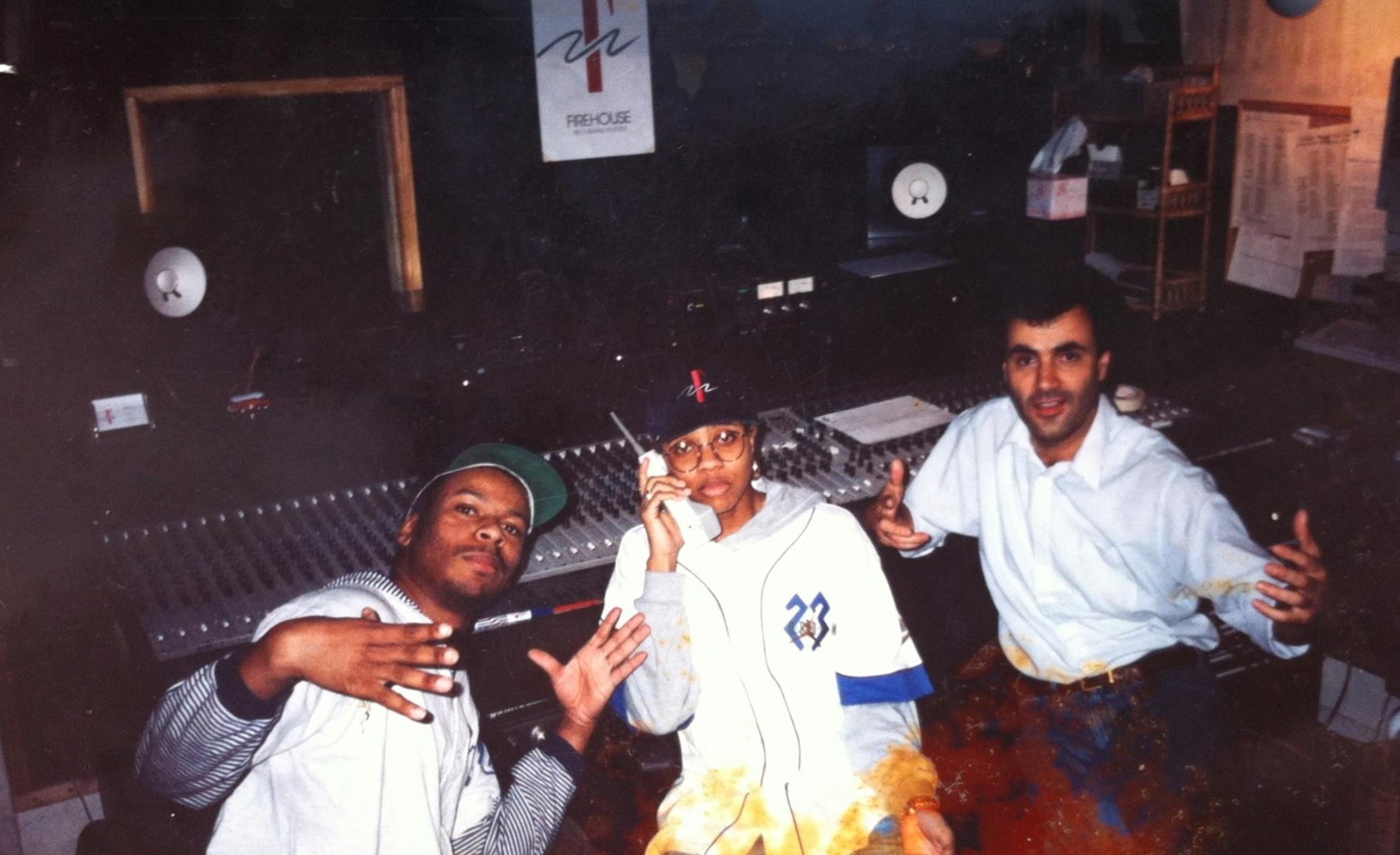
I guess people weren’t very familiar with the overall fundamentals of digital audio, how exactly conversion works, and which are its essential components?
It’s too technical for them. It’s like convincing somebody to invest in high-quality cables for their room. People don’t like to do that. It’s a very hard job to convince them, but once they hear it – such a great improvement to the sound, and when you understand the importance of getting those bits like soldiers, standing in a straight line, perfect phase, no jitter – when you hear the sound you understand.
I once read an article with Frank Filipetti, a Grammy-winning engineer from New York. He talked about the first time he got a digital console. People were not very happy with the sound but eventually, they realized they had to get the master clock thing figured out, distributing the clock signal between the gear and once everything was locked in, they realized – this is it!
When I first heard it, I realized there’s a chance for digital to really beat analog. Before that point, we didn’t want to make the switch from analog to digital because digital was harsh. Man, I used to do mixing with separate outs, I used to do analog summing, I used to spread out the mix to 16 or 24 outputs on an analog console and get that beautiful analog sound. I don’t have to do that now. With the 10M or nowadays with the 10MX it just sounds so great.
Can you share with me your whole mastering chain in your studio? How the signal flows?
These days my chain is very simple. I have one converter which is the only piece of digital gear that I’m using in my mastering chain so the 10MX is only clocking the convertor and does a perfect job. Following the converter first comes The Oven by Maor Appelbaum. It’s a tube/transistor distortion unit with a tone-shaper, all these beautiful words, but it has a fantastic color. In California, they call it THE mojo. It’s just beautiful. It can achieve both a smooth hi-fi sound and tube or transistor saturation for more aggressive processing.
Next in line I have The Manley Massive Passive EQ. A Dangerous Music Liaison Patchbay which hooks all dynamic processors that I have in line. This includes the Dolby Spectral Processor model 740, I’ve had this unit for years. It’s an analog multiband parallel compressor which uses the Dolby noise reduction invention from the 1960s – the first-time parallel compression was used. It’s a way of compressing the audio and summing it with the uncompressed signal. When you do that, the uncompressed loud level audio is heard when the music is loud, but when the music gets soft the compressed audio from the parallel chain is being heard and you’re hearing the compressed low level audio signal louder than what it’s supposed to be. which means that the music doesn’t ever go down in volume. This was used in analog tape machines, so you don’t hear the tape hiss. I’m using this guy to boost up low-level signals, this way nuances, breaths, and reverb tails get boosted. It’s a beautiful unit.
Next, I have my compressors, sometimes there are three compressors in line. The SSL XLogic G-Series, the Manley Vari-Mu Tube Compressor and then the big Shadow Hills Mastering Compressor which is both optical and VCA, so it’s like two more compressors. So, it’s actually four different shapes of sound compression and all of this goes back to the Pendulum Audio PL2, which is an analog brickwall limiter. It’s not as fast as the L3 and all these other units but it’s beautiful. It’s almost like soft limiting but, it’s actually not that soft.
Then the signal goes back to Pro Tools to be recorded via the Merging Technologies Hapi D/A A/D converter. That’s basically my chain. Of course, a lot of thought goes into deciding which ones to use, depending on the mix. So basically, the converter is the only one that’s using the 10MX, but obviously the whole system benefits from it. The proof is that 99% of the time the clients love the masters on the first version I send.
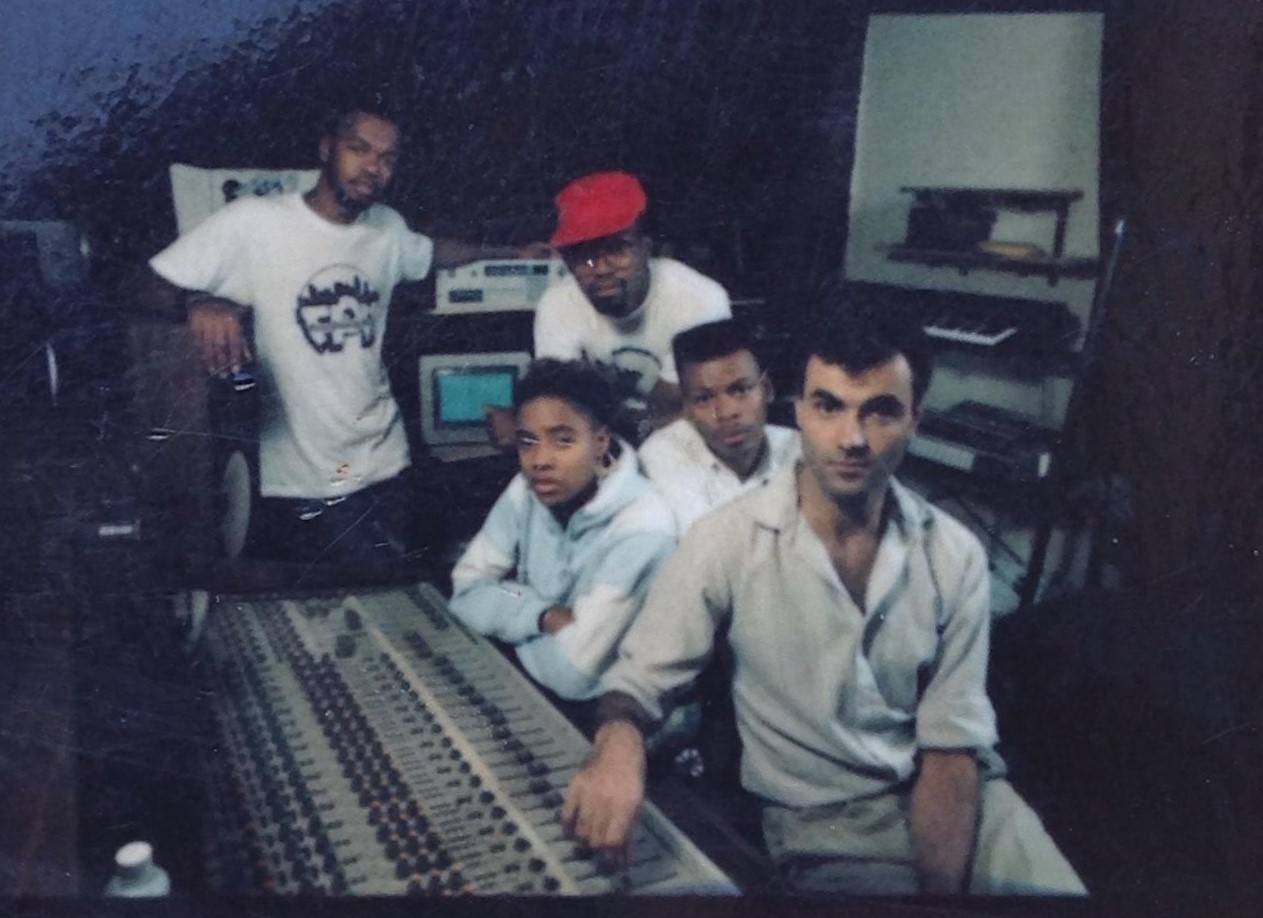
I remember we had a very interesting conversation about mastering while converting D/A A/D in real-time and then bouncing from Pro Tools online, can you guide us through this workflow?
When mastering, I work in Pro Tools, but I have an insert that goes out into the analog chain, which means that in the session I first have several plugins, then this insert that goes out to my outboard gear and then back into Pro Tools where I run the signal through some other plugins.
I’m using digital to analog, then analog to digital in mastering and it’s being done in real time. In this workflow, the clock is very important because it’s clocking both monitoring and conversion. When you do that, you need to have the bits perfectly in line.
You know I always imagine that the split second you turn on the clock everything is in sync, and you hear it right away.
– Yoran Vazan


